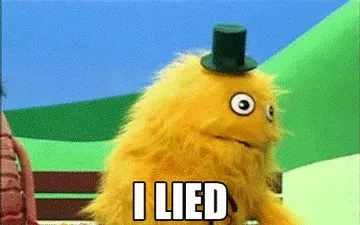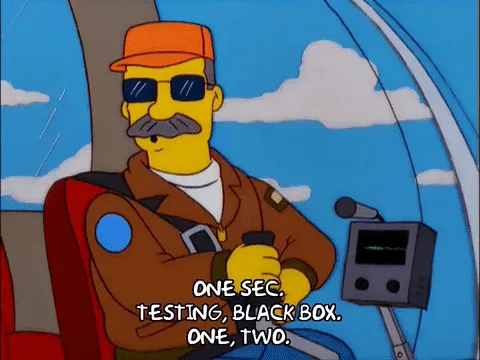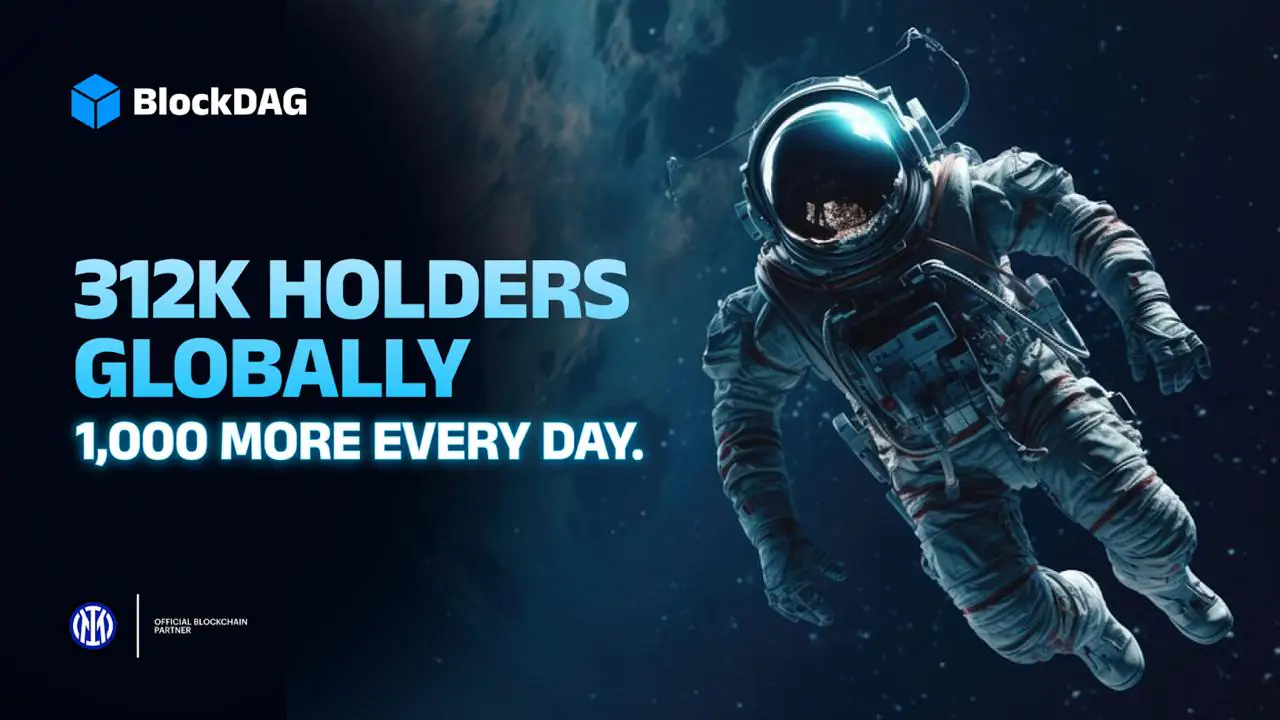The Hidden Economics of Your Vacation: Why a 2-Hour Transfer in the Alps Can Cost More Than a Flight
We think of pricing as a simple logic of distance and quality. But after diving into a rare data-driven analysis of the €2 billion Alpine transfer market, I realized the real cost drivers are invisible forces: structural inefficiencies, information asymmetry, and the surprisingly high price of consumer trust.
I've always been fascinated by markets that defy simple logic. Why does a cup of artisanal coffee cost $7? Why is some enterprise software priced per seat, while another is priced per API call? These aren't just arbitrary numbers; they are the surface-level results of deep, often hidden, economic forces. Recently, I stumbled upon a perfect example of such a market in an unexpected place: the private ski transfer industry in the Alps.
Like many, I used to assume the cost of a transfer from, say, Geneva to Chamonix was a straightforward calculation of fuel, tolls, and a driver's time. It’s a commodity service, right? A to B. But why, then, can the price for a similar distance vary by nearly 90% depending on the destination? Why can booking two weeks later add a 15% "procrastination tax"? It seemed like a market operating in a data vacuum, driven by anecdotes and gut feelings.
The reality, as I discovered after analyzing a new, in-depth report that provided a rare glimpse into this industry's data, is that the price you pay for that two-hour ride has very little to do with the ride itself. It’s a reflection of a complex ecosystem of logistical nightmares, fierce competition for your trust, and deeply ingrained consumer psychology. This isn't just a story about tourism; it's a deep dive into the hidden economics that govern niche markets everywhere.
The Myth of the Free Market: Fragmentation and the High Cost of Trust

The Alpine transfer market should, in theory, be a paradise of perfect competition. Hundreds of small, family-owned operators with a couple of minivans ("Vans of the Alps," if you will) compete against large, international aggregators and slick, venture-backed tech platforms. Yet, for the consumer, this fragmentation doesn't always lead to clarity or lower prices. It often leads to chaos.
This creates a classic economic problem known as information asymmetry. This concept, famously described by Nobel laureate George Akerlof in his 1970 paper "The Market for Lemons,", explains that when buyers can't easily distinguish high-quality products from low-quality ones ("lemons"), they become unwilling to pay a premium for quality, eventually driving good products out of the market. In the used car market, this leads to a collapse in prices for all but the most certified vehicles.
However, in tourism—a high-stakes, emotional purchase—the opposite often happens. The "lemon" isn't a faulty car; it's a ruined vacation. The risk of a no-show driver after a long flight with tired children, a missed return flight, or a stressful start to a long-awaited holiday is so significant that consumers actively seek to avoid it at all costs. Faced with a dizzying array of options, non-standardized pricing (some include skis for free, others charge extra), and a lack of universal quality standards, the traveler doesn't default to the cheapest option. Instead, they gravitate towards powerful signals of trust and reliability.
This is where the "trust economy" kicks in, a phenomenon well-documented in consumer psychology. Platforms like Trustpilot and TripAdvisor become essential tools for risk mitigation. A high rating, backed by thousands of recent, detailed reviews, becomes a quantifiable asset. It allows reputable providers to command what I call a "trust premium." They can charge more, not because their operational costs are necessarily higher, but because they are selling certainty in an uncertain market. As research from the Harvard Business Review on the psychology of online reviews shows, consumers are often willing to pay more for a product with a higher quantity and quality of positive reviews, as it reduces their cognitive load and decision-making anxiety. This dynamic fundamentally warps the competitive landscape, shifting it from a pure price war to a battle for reputation.
The Elephant in the Minivan: Unpacking the Invisible Costs

But even the "trust premium" doesn't fully explain the high baseline prices. The real answer lies in a set of structural inefficiencies that are almost entirely invisible to the traveler. The most significant of these is the "empty leg" problem.
In the world of logistics, an "empty leg" is a return journey without a payload. For a transfer company in the Alps, this is a daily, unavoidable reality. On a peak Saturday in February, demand is overwhelmingly one-directional: from the airport to the ski resorts in the morning, and from the resorts back to the airport in the afternoon. This means that for nearly half of its operational time, a vehicle is driving empty, yet still incurring 100% of its costs: fuel, tolls, insurance, and the driver's salary.
Recent academic studies on Alpine mobility, such as the work of Bursa et al. (2022) in Transportation Research Part A, have quantified this, suggesting that "empty leg" rates can reach 35-55% of all driven kilometers. Effectively, this means the price of your one-way transfer has to cover the cost of the driver's empty return journey. It’s a structurally embedded "inefficiency tax" baked into every fare. This dynamic also explains why the 'Uber model' of maximizing asset utilization struggles in this environment; the demand is simply too geographically dispersed and directionally biased to allow for the kind of back-to-back efficiency seen in dense urban areas.
But the empty leg is just one piece of the puzzle. Other hidden costs, which separate this niche from standard taxi services, include:
- Peak Demand Provisioning: The entire industry's fleet size is dictated by the extreme demand during a few peak weeks in February, particularly during the UK and French school holidays. For the rest of the season, a significant portion of these assets stands idle, yet continues to generate costs (leasing, insurance, maintenance). This is a classic capacity management problem, where the cost of underutilized assets during the low season must be subsidized by higher prices during the high season.
- Mountain Logistics and Regulation: Unlike a city taxi, an Alpine transfer vehicle is a specialized piece of equipment. It legally requires winter tires and snow chains, which increase costs. Drivers must have specific training for navigating hazardous mountain roads. Furthermore, cross-border operations between countries like France, Switzerland, and Italy involve a complex web of licensing and regulations that adds significant administrative overhead.
- Yield Management Complexity: The industry operates on a sophisticated model of yield management, similar to airlines. Prices are constantly adjusted based on demand, seasonality, and booking windows. This isn't just about charging more when it's busy; it's about using complex algorithms to predict demand curves and maximize revenue per vehicle, per day.
Data as a Flashlight: A Rare Look Inside the Black Box

This complex interplay of forces remained largely theoretical until I came across a new report that put hard numbers to these concepts. The Alps Transfer Index 2025 is, to my knowledge, the first public attempt to systematically analyze this market using real-world data. The research team gathered over 500 price points from more than 20 different providers and used Natural Language Processing (NLP) to analyze over 7,000 detailed customer reviews, creating two key metrics: a price-per-kilometer "Value Score" and a "Service Quality Index".
The findings were fascinating and confirmed the theories perfectly:
- Value is a Postcode Lottery: The data showed a staggering 88.5% difference in cost per kilometer across the Alps. The most affordable routes were concentrated in Austria (e.g., Innsbruck → St. Anton at €2.08/km), a region characterized by intense local competition and excellent road infrastructure. The most expensive were in France (Grenoble → Les Deux Alpes at €3.92/km), where complex mountain logistics and a lack of direct motorway access drive up operational time and costs. This quantifies the real-world impact of both competition and logistical complexity.
- The "Procrastination Tax" is Real and Measurable: The report calculated the average premium for booking a transfer late at 14.5%. This isn't random; it's a direct application of yield management. For the most volatile markets like Italy, where demand is high but the supply of reliable operators can be limited, this premium can climb to 16.7%. This means a two-week delay in booking can literally cost a family the price of a good dinner out.
- The Price/Quality Paradox: Most tellingly, the analysis revealed no strong correlation between the most expensive routes and the best service. Swiss and French resorts like St. Moritz (SQI 92.5) and Verbier (91.8) dominated the top 10 for service quality, with reviews praising their punctuality and driver professionalism. However, no Italian resort made the top 10 for service quality, despite their growing popularity and excellent value for money. This is a classic case of a market where reputation and price are driven by prestige, not always by on-the-ground operational excellence.
For anyone planning a ski holiday, these insights show that by using data to choose your route and booking time wisely, you can access high-quality service for a significantly lower price.
The Future of the Market: Data, Disruption, and the Quest for a 'Seamless Journey'

Understanding the hidden costs and psychological drivers of the Alpine transfer market is one thing. But where does it go from here? The data I analyzed not only paints a picture of the present but also offers clear signals about the future. The industry is standing on the precipice of significant change, driven by the intersecting forces of technological consolidation, the undeniable imperative of sustainability, and a profound shift in consumer expectations.
Technological Consolidation: Not an 'Uberization', but a 'Booking-ization'
A fragmented market composed of hundreds of small, technologically disparate operators is the perfect environment for disruption. However, the disruption that's coming won't be an "Uberization"—a race to the bottom on price. As we've seen, the market's structural inefficiencies make a low-cost model unsustainable. Instead, we are seeing the beginnings of a "Booking-ization" of the industry.
The winning model won't be the cheapest app; it will be the most reliable, integrated platform. The real battle is not for the lowest fare but for the ownership of the customer journey. The future leaders will be those who can provide a seamless digital experience that removes all points of friction:
- Real-time Visibility: The anxiety of waiting at the airport, wondering if your driver has arrived, will be replaced by a simple map interface showing your vehicle's exact location.
- Proactive Communication: Instead of the customer having to call a support line about a delayed flight, the system will automatically track their flight status and send a push notification: "We see your flight is delayed by 45 minutes. Don't worry, your driver has been notified and will be waiting for you at the new arrival time."
- Integrated Service: The transfer will become a platform for other services—the ability to pre-order ski passes, book a table at a mountain restaurant, or even add a stop at a supermarket on the way to the chalet.
This technological layer adds immense value by transforming an unpredictable service into a predictable one. And as we've established, in this market, certainty is the product that commands the highest premium.
The Sustainability Imperative: From Niche Concern to Core Expectation
For years, "sustainability" in tourism was a marketing buzzword. Now, it's becoming a tangible driver of consumer choice. This isn't just wishful thinking; it's backed by hard data. The Booking.com "Sustainable Travel 2024" report, a massive global survey, found that 54% of travelers intend to use more sustainable modes of transport in the future.
For the Alpine transfer industry, this translates into two clear market pressures:
- Demand for Electric and Hybrid Fleets (EVs): While the logistical challenges of charging infrastructure in mountain regions are significant, the demand is undeniable. Operators who are early adopters of EVs will gain a powerful marketing advantage, particularly with younger, more environmentally conscious demographics.
- Increased Interest in Shared Shuttles: For cost-conscious and eco-aware travelers, a shared shuttle in a modern, comfortable vehicle offers a compelling middle ground between the cost of public transport and the convenience of a private car.
This trend adds another layer of complexity to the pricing puzzle. The initial capital expenditure for an electric fleet is higher, but the long-term operational savings on fuel and maintenance could be significant. The companies that can solve this complex equation will not only meet a growing consumer demand but also build a more resilient and future-proof business model.
From Logistics to 'Experience Management': The Final Evolution
Perhaps the most profound shift is in the very definition of the service. As the data from high-end travel networks consistently shows, the primary demand in the luxury segment is for a "seamless experience." This is confirmed by the 2025 Virtuoso Luxe Report, which identifies ultra-personalization and exclusive access as key trends. This expectation is trickling down to the broader market. The transfer is no longer a discrete logistical task to be completed; it is the first act of the vacation itself.
This re-framing has significant implications. It means the new frontier of competition lies in experience management. The journey from the airport to the resort becomes an opportunity to add value and delight the customer in unexpected ways:
- Personalization: The ability to choose a playlist, pre-order a specific child's car seat (not just a generic one), or have a bottle of local wine waiting in the car.
- Information as a Service: The driver evolves from a simple chauffeur into a local concierge who can provide valuable, real-time insights: "The main road to Verbier is busy, but I know a scenic route that takes only 10 minutes longer," or "The best place for authentic fondue in town is…"
- Digital Comfort: Reliable Wi-Fi and charging ports for devices are no longer nice-to-haves; they are becoming standard expectations for a generation that is always connected.
Conclusion: The Hidden Price of Peace of Mind

Why does a two-hour ride through the Alps sometimes cost more than the flight that got you there? Because you’re not just buying transport. You’re buying certainty in a world where uncertainty ruins vacations.
Every euro you pay is stitched together from invisible threads:
- the price of certainty, for a provider who shows up on time in a snowstorm;
- the price of inefficiency, for half-empty vans crisscrossing mountain valleys;
- the price of prestige, for the privilege of arriving at a resort whose name carries more weight than its roads.
Strip away the brochures and glossy websites, and the transfer market teaches a blunt truth: value today is psychological as much as it is economic. Travelers pay not for kilometers, but for the reduction of stress, the promise that their long-awaited holiday won’t unravel on the airport curb.
And that truth isn’t confined to ski vans. From SaaS pricing models to your $7 coffee, the same dynamic applies: we don’t reward the cheapest, we reward the most trustworthy. The new luxury is reliability.
That’s the real lesson buried in the data. Not just about ski holidays — but about how modern markets run on reputation, predictability, and the quiet power of trust.
You May Also Like

Pi Coin Price Forecast Stalls & MYX Finance Analysis Fades – Here’s Why BlockDAG is the Best Crypto Right Now

BTC Development prices its $220 million IPO, with units consisting of one share and one-quarter of a warrant.
